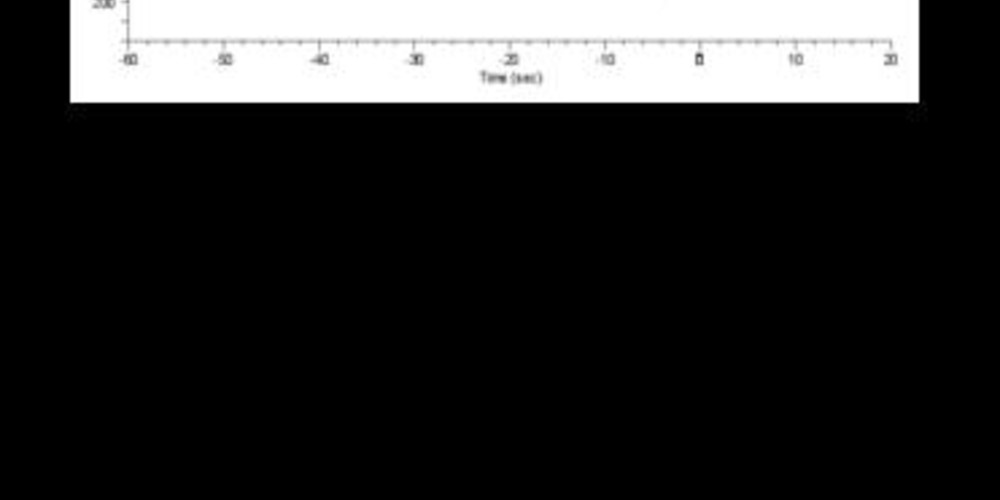Anti-tachycardia pacing in the VF zone
Tracing
Manufacturer Medtronic
Device ICD
Field Therapy
N° 14
Patient
Patient implanted with a single-chamber ICD (EnTrust VR) for ischemic cardiomyopathy; palpitations and recording of several episodes of ventricular arrhythmia detected in the VF zone; this tracing allows focusing on the interest of anti-tachycardia pacing in the VF zone.

Graph and trace
The graph shows a regular ventricular rhythm followed by a sudden acceleration of ventricular rhythm detected in the VF zone and treated with a burst enabling termination of the arrhythmia.
- the EGM shows a regular tachycardia with intervals detected in the VF zone; detection of a VF episode;
- the first therapy programmed in the VF zone is a burst during the charge; the device delivers an ATP sequence and simultaneously begins charging the capacitors;
- the burst is successful;
- at the end of the charge, there are 4 intervals classified as VS (the criterion of 2/5 fast intervals is not verified) and the charge is aborted.
Other articles that may be of interest to you







Traditionally, a VF zone was programmed for high heart rates (lower limit at 188-200 beats/minute) with a high amplitude electrical shock as first therapy. Various studies have shown, however, that a significant proportion of fast ventricular arrhythmias (cycle duration <320 ms) and classified in the VF zone are regular and monomorphic (fast VT potentially treatable by anti-tachycardia pacing). While the efficacy of an electrical shock in terminating rapid ventricular arrhythmia is unarguable, it is nonetheless painful and significantly increases energy consumption. The delivery of several successive shocks in a same patient is thus associated with a risk of premature depletion of the batteries and a significant lowering of the quality of life of the patients (many described cases of depression or anxiety induced by a series of shocks) as well as an altered prognosis (mortality risk increases in parallel with the number of shocks delivered).
The PainFREE Rx trial (prospective, randomized, multicenter study) showed that a single anti-tachycardia pacing sequence (8 beats at 88%) allowed terminating a large proportion of fast tachycardias in the VF zone and provided a significant benefit in terms of quality of life, by reducing the number of shocks delivered without increasing the risk of sudden death, syncope or accelerated tachycardia. Thus, delivering an anti-tachycardia pacing sequence in the VF zone often appears to be effective, painless, prolongs battery longevity and improves the quality of life, and should therefore be offered as a first-line option for this range of tachycardias (< 250 beats/minute). It is now recommended to program at least one anti-tachycardia pacing sequence as first treatment for tachycardias up to a rate of 230 beats per minute by favoring burst rather than ramp therapy (at least 8 stimuli with 88% coupling).